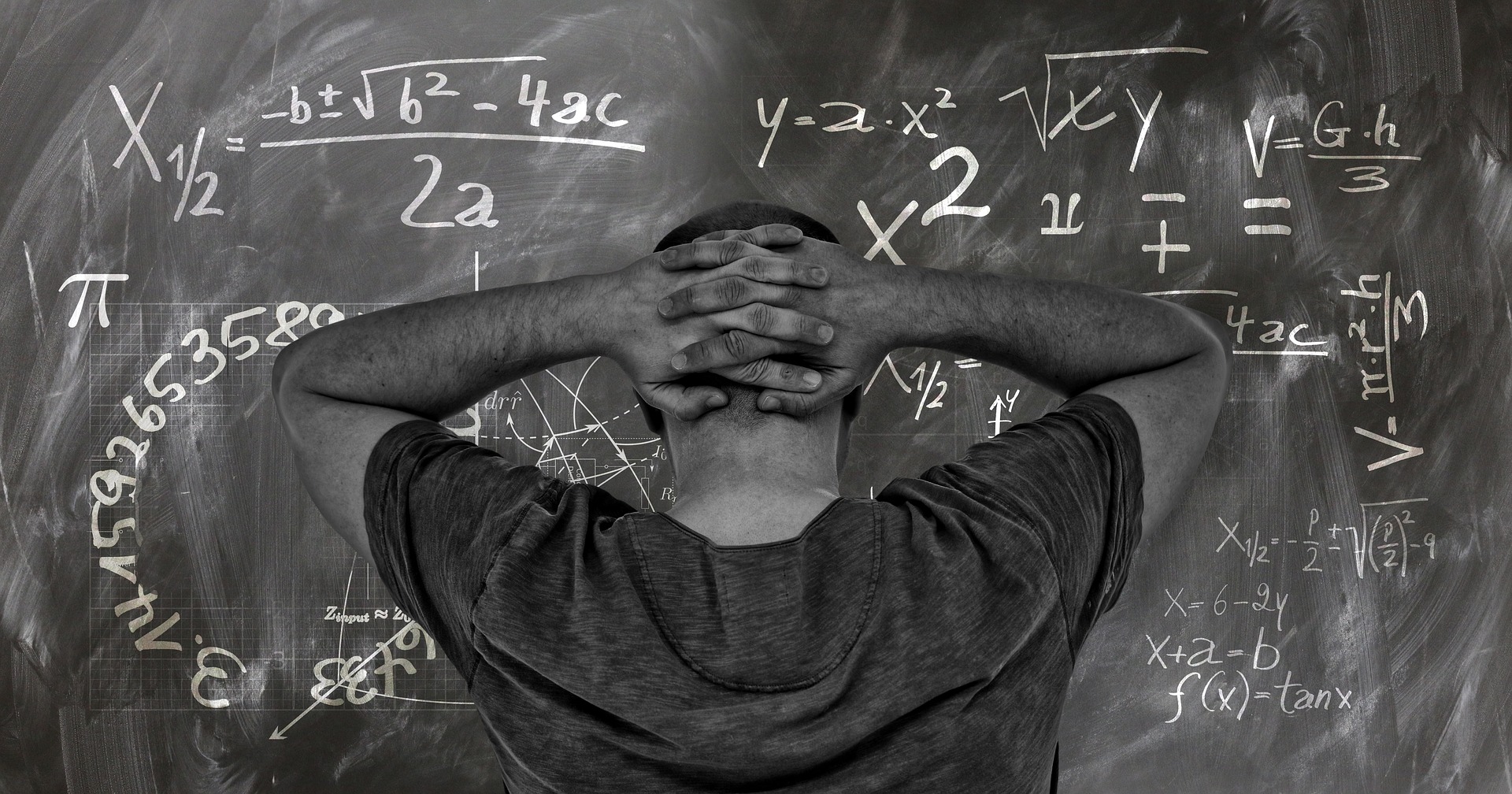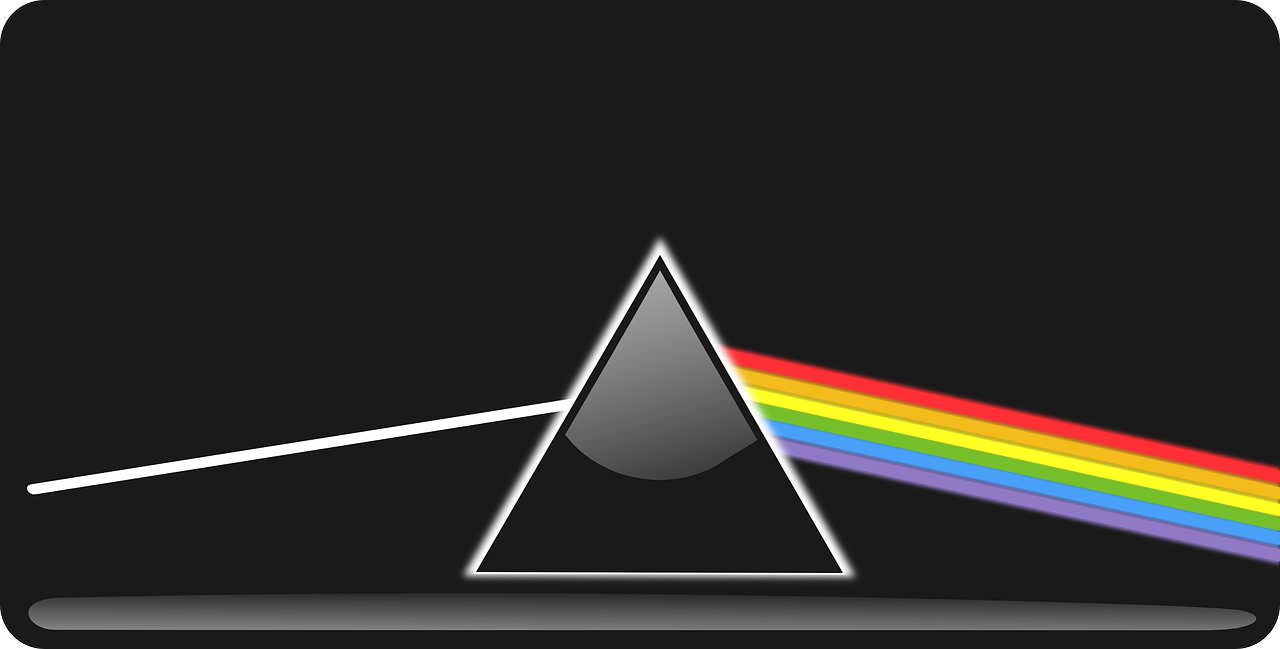Last Updated on May 14, 2025 by Muhamed Elmesery
Physics is our tool to perceive the universe and understand the various natural phenomena that surround us. Through our study of natural sciences and physics discoveries that had been made, we were able to harness science for making renaissance and the progress that we have reached now.
Therefore, physics is known as the science that is considered with studying the basic concepts such as energy, strength, and time and everything that follows these, such as mass, matter, and its movement.
More broadly, physics is the general analysis of nature, which aims to understand the structure of our universe and the way it functions. In this series of articles presented by PraxiLabs blog, we will highlight some of the most important discoveries in the history of physics.

Table of Contents
1- Light’s Particle Nature:
One of the most common questions throughout the history of physics was “what is light? Is it particles or waves?” In the seventeenth century, Newton came and conducted the famous prism experiment as an attempt to answer this question. At that time the belief prevailing was that white light is pure and basic, and the colors appear due to the smearing of white light during its reflectance on the surfaces.
Newton put a prism in a dark room and brought down a beam of white light on it. The prism caused the white light to decompose into primary colors of the visible spectrum (rainbows). Thus he concluded that white light is not pure and basic, but rather a mixture of the colors of the visible spectrum. This conclusion opposed the previous view of light’s nature. He also thought that the decomposition of light into those colors can only be explained in terms of particle theory, as the waves cannot behave in the same way.
PraxiLabs is a 3D virtual lab now available to all educational institutions
Try 3D Virtual Labs Now for Free

Of course, supporters of the wave theory did not accept Newton’s results and began to question them. They said that there are defects in the prism that caused the white light to decompose into the spectrum colors. But Newton’s response was prompt. He placed another prism on the opposite side of the seven colors that came out of the first prism, which caused the decomposed colors to combine into one ray of the white light again! He reversed the process.
Thus, Newton confirms his conclusion that the white light is composed of colored particles, which combine to form it. According to the prevalent in the scientific community at the time, light must be either waves or particles. So, Newton’s experiment was considered a victory for the particle theory of light temporarily!
2- Light’s Wave Nature:
Newton’s particle theory of light was having an important weakness, which was the susceptibility of light to diffraction. Francesco Grimaldian—Italian physicist—directed a light beam towards a barrier that contains a slit. As a result, the light beams passed through the slit and fell on the back-barrier. He observed that the light covered an area on the back-barrier larger than the area of the slit in the first barrier. Here he noticed that if the light is particles, it is assumed that it goes out in a straight line starting from the light source, passes through the slit, and then falls on the back-barrier making a light spot with similar size of the slit. But what happened in this experiment is that the light beams diffracted in all directions during its passing through the slit, causing a spot of light on the back-barrier larger than the size of the slit.

Newton tried to explain the light diffraction in terms of particle theory but he was not convincing to many in his explanation, as he said that the diffraction of light is just a new type of refraction. But the Christian Huygens—Dutch physicist—developed the wave theory of light, explained the light diffraction phenomenon in a structured mathematical framework, and explained the laws of refraction and reflection. Then the British physicist Thomas Young conducted the interference experiment, which settled the matter of the light’s wave nature. The interference experiment is very similar to the diffraction experiment, but with two slits instead of one. It was assumed that we would see only two light spots on the back-barrier if Newton was right. But what happened was otherwise, as there were successive sets of bright and dark spots on the back-barrier after the light passed through the two slits.
This was an indication of the interference of the two beams of light that came out of the two slits. In some places, the overlap between the two beams was a constructive one, so we get a more bright spot. Elsewhere, the overlap was destructive, and the two beams eliminated each other leaving a dark spot. Thus, there was conclusive evidence that light is waves. Then Maxwell came up with his four equations of electromagnetic theory, which confirmed that light is electromagnetic waves.
PraxiLabs virtual labs provides a set of wave experiments
Pick The Best Virtual Plan forYou

3- Constancy of light speed (Aether):
After the success and widespread of electromagnetic theory in the nineteenth century, scientists accepted the wave nature of light. Then a new question was asked on the scene, which was (what is the nature of the medium that light waves need to propagate?).
Just as water waves, they need the water as the medium of propagation. And sound waves need air. So, scientists believed that the electromagnetic waves of light will need a medium to propagate through it. They believed that this medium filled all space and even emptiness since light waves were spreading into emptiness as well. They believed that this medium filled all space and even emptiness since light waves were spreading into emptiness as well. Scientists called this medium “Aether,” named after the Greek god of light.
Since the Earth revolves around the sun at a speed of more than 1000 km per hour, the relative movement between the Earth and the Aether, where light waves move, assumed to change the light’s speed according to the direction the Earth movement in the Aether.
To clarify, you can imagine yourself on a boat, where the seawater is the Aether, the water waves are the light waves, and the boat is the Earth. Assuming that your boat is moving in the sea, the speed of the sea waves will vary relative to the direction of movement of your boat in the sea.
American physicists Albert Mickelson and Edward Morley conducted an experiment to measure the difference in the light speed caused by the Earth’s motion relative to the Aether. Their experiment used the property of light interference, where a single-frequency light comes out from a certain source. It is separated into two beams—reflected and refracted—by a semi-reflective mirror. Then the two beams are combined again using other mirrors, to obtain a constructive and destructive interference. The measurements of this interference will determine the change in two beams’ speed. The results of that experiment were shocking, as there was no difference or change in the speed of light coming from any direction. And that means that there is nothing called Aether!
These results led to numerous attempts by scientists to present many theories that may explain what happened. Until Albert Einstein came and published four scientific papers that were a turning point in the history of physics. One of those papers was a paper containing a new theory that presented a new concept of the universe structure (space-time). And it put the laws that control the objects which move in high speeds. Einstein built his new theory based on a fundamental point: “The speed of light in a vacuum is universal physical constant, it is independent of the motion of the source or observer.” This was the theory of special relativity.
In the second part, we will highlight another set of the most important physics discoveries.
PraxiLabs Virtual Labs include a range of 3D science experiments in physics, chemistry and biology experiments
 PraxiLabs A virtual world of science
PraxiLabs A virtual world of science





